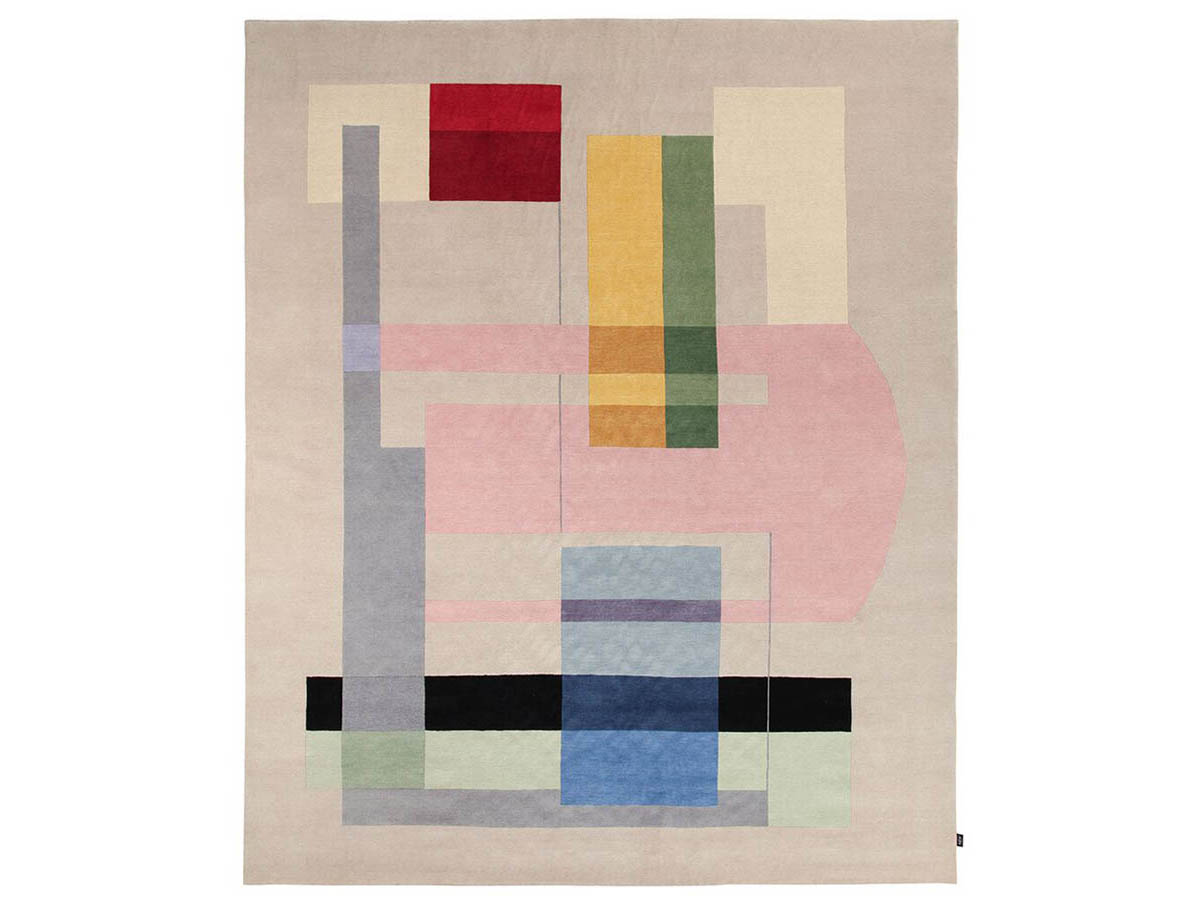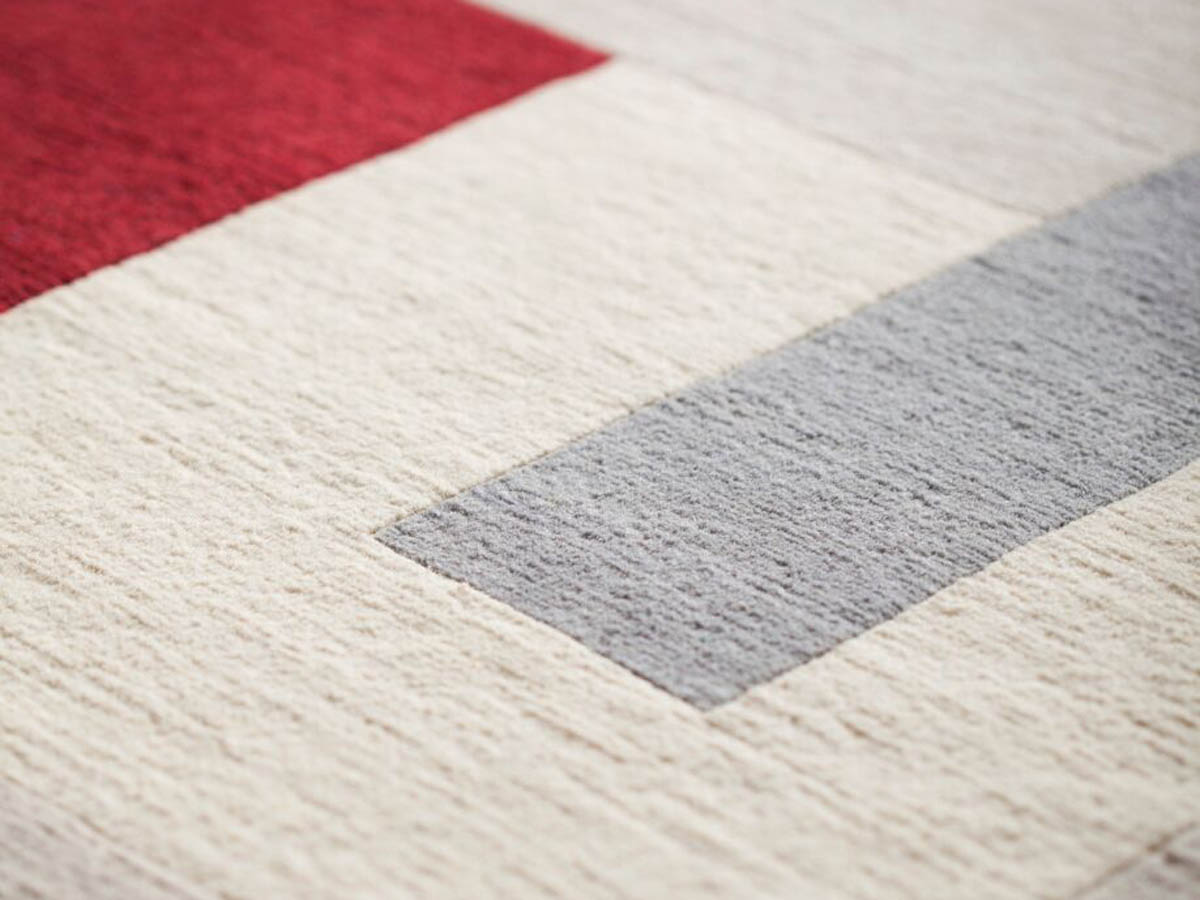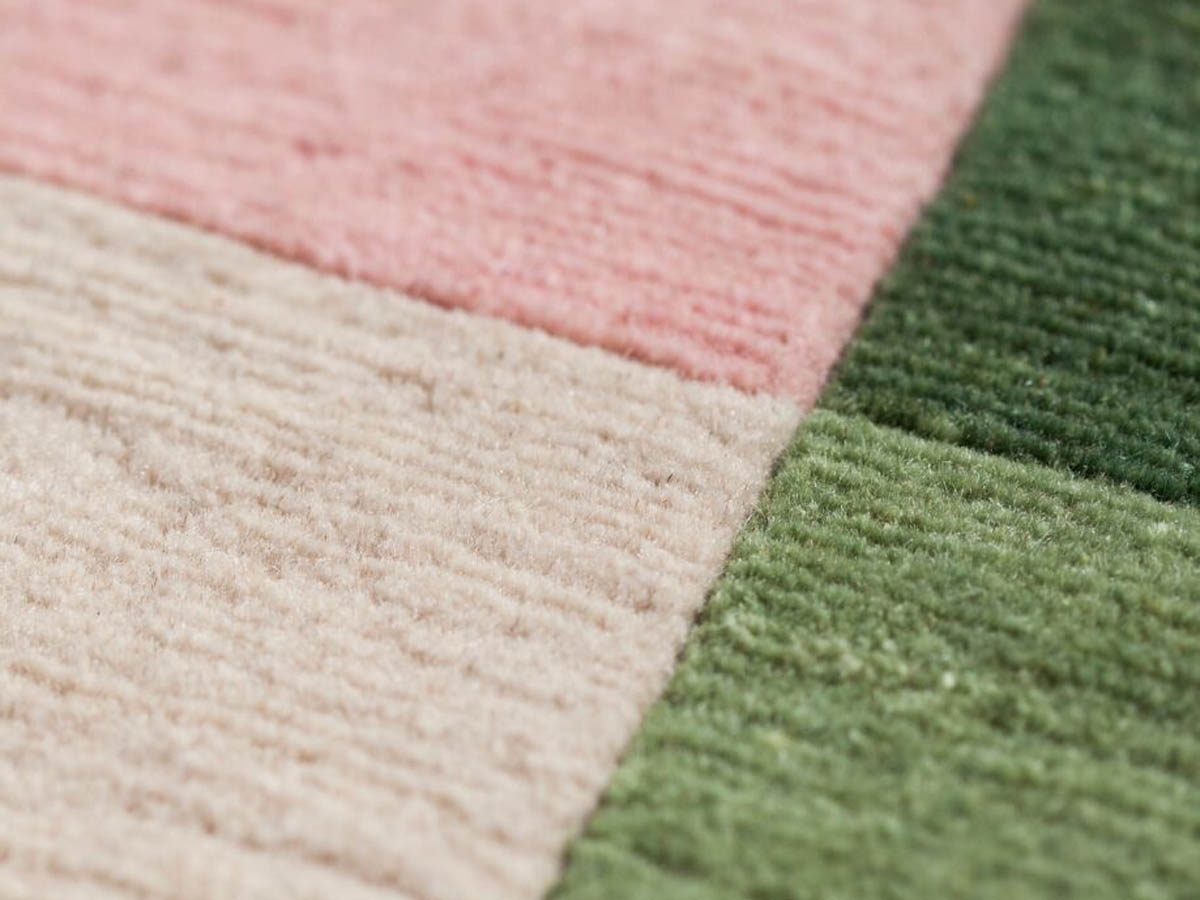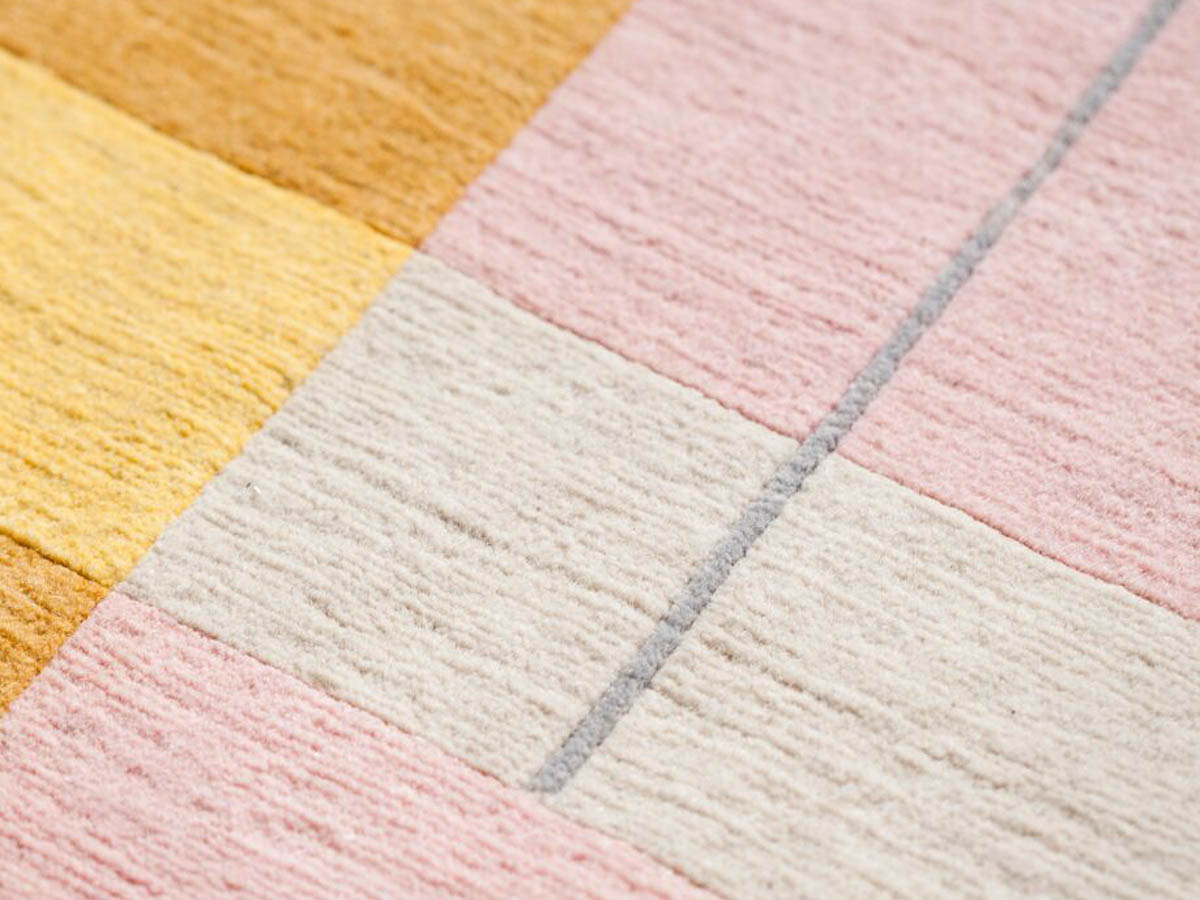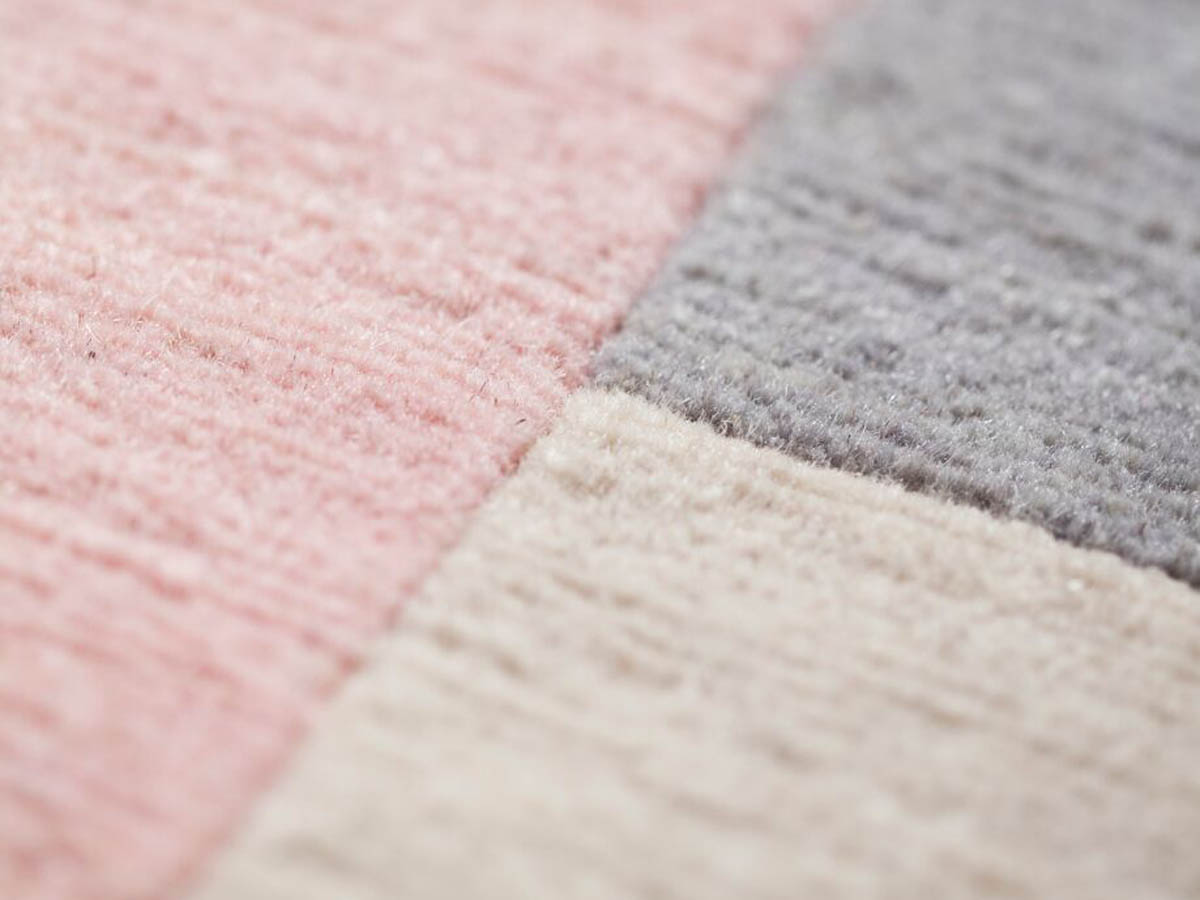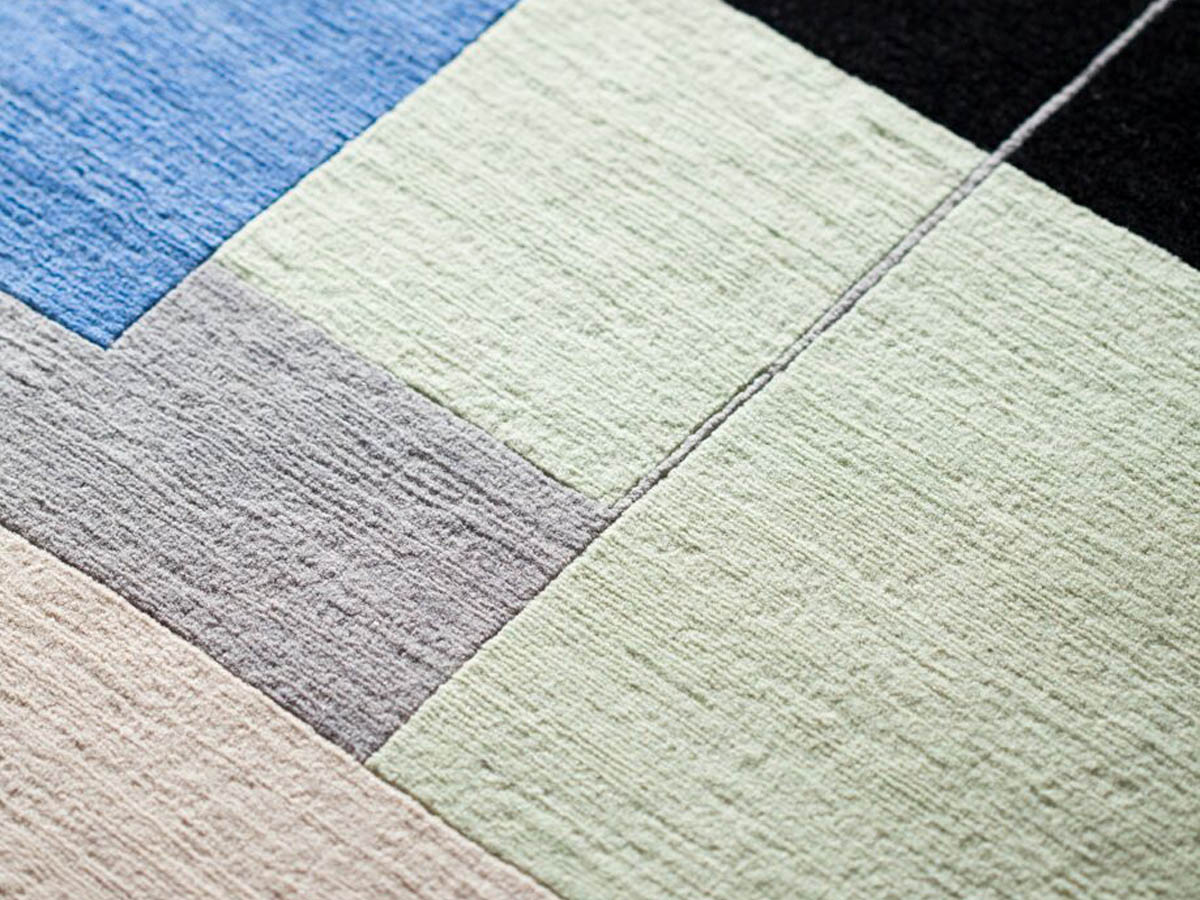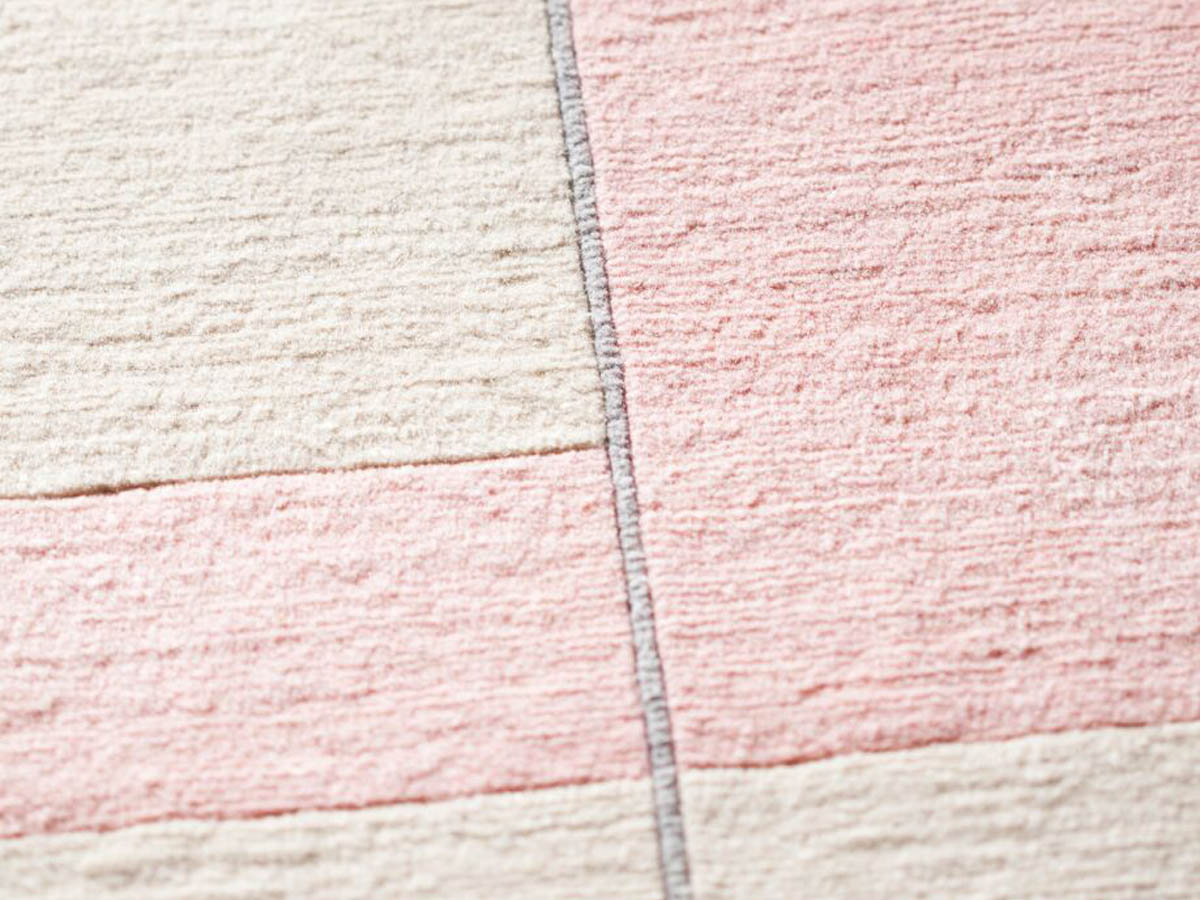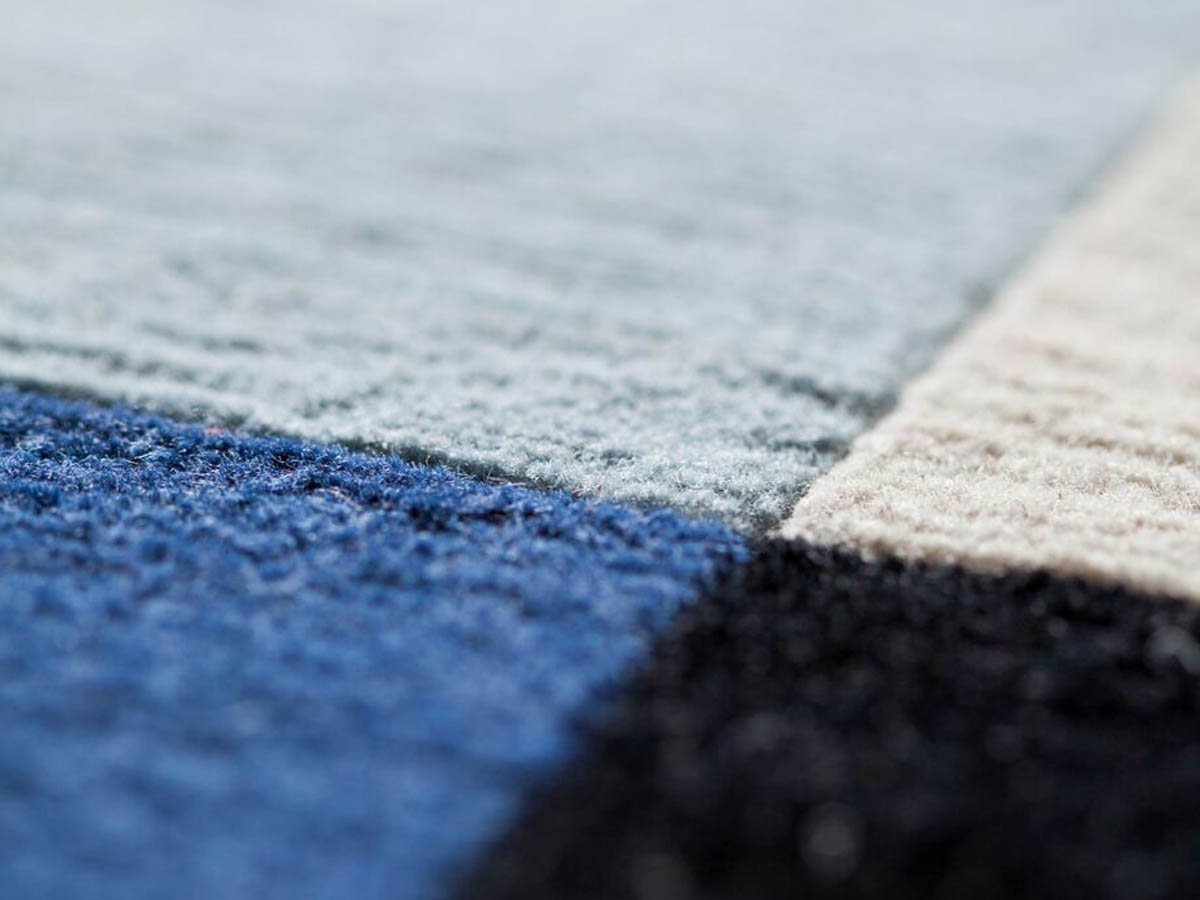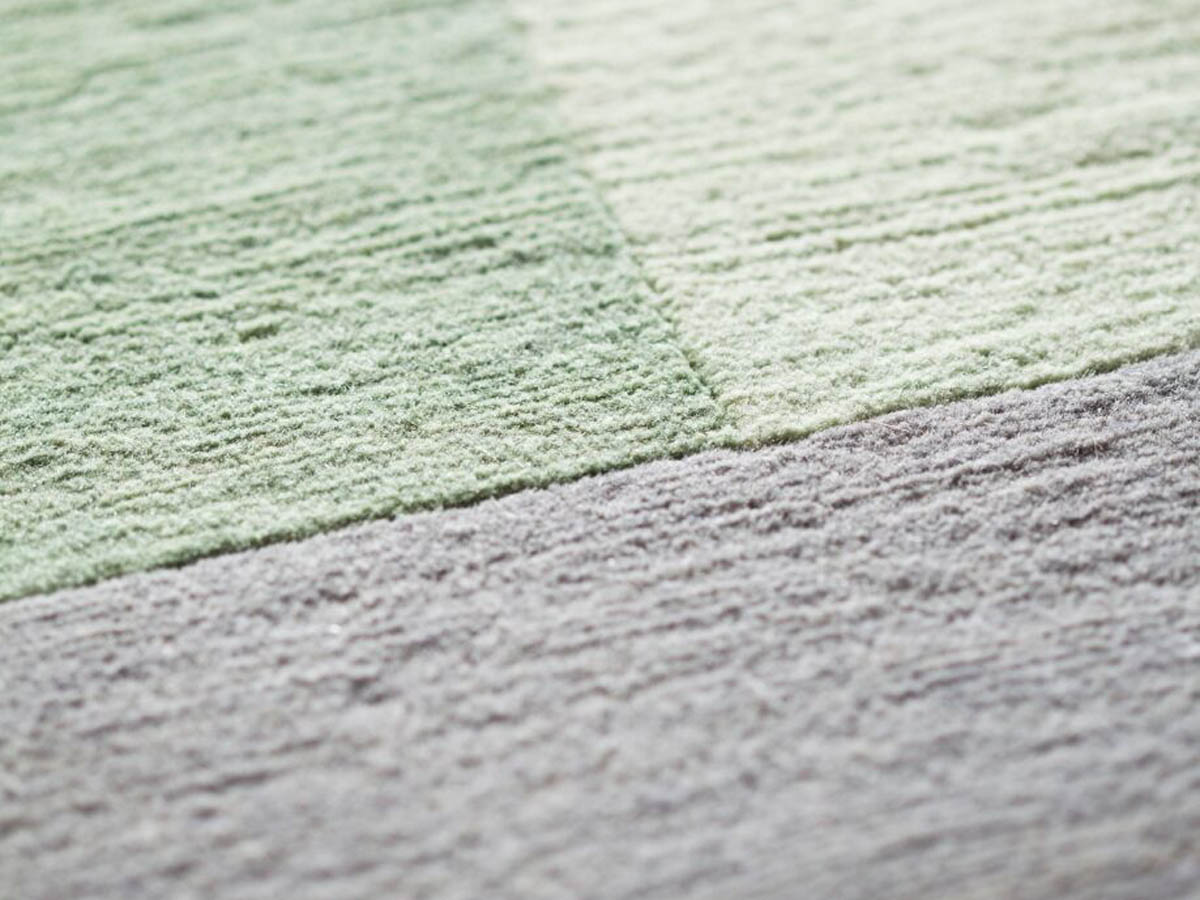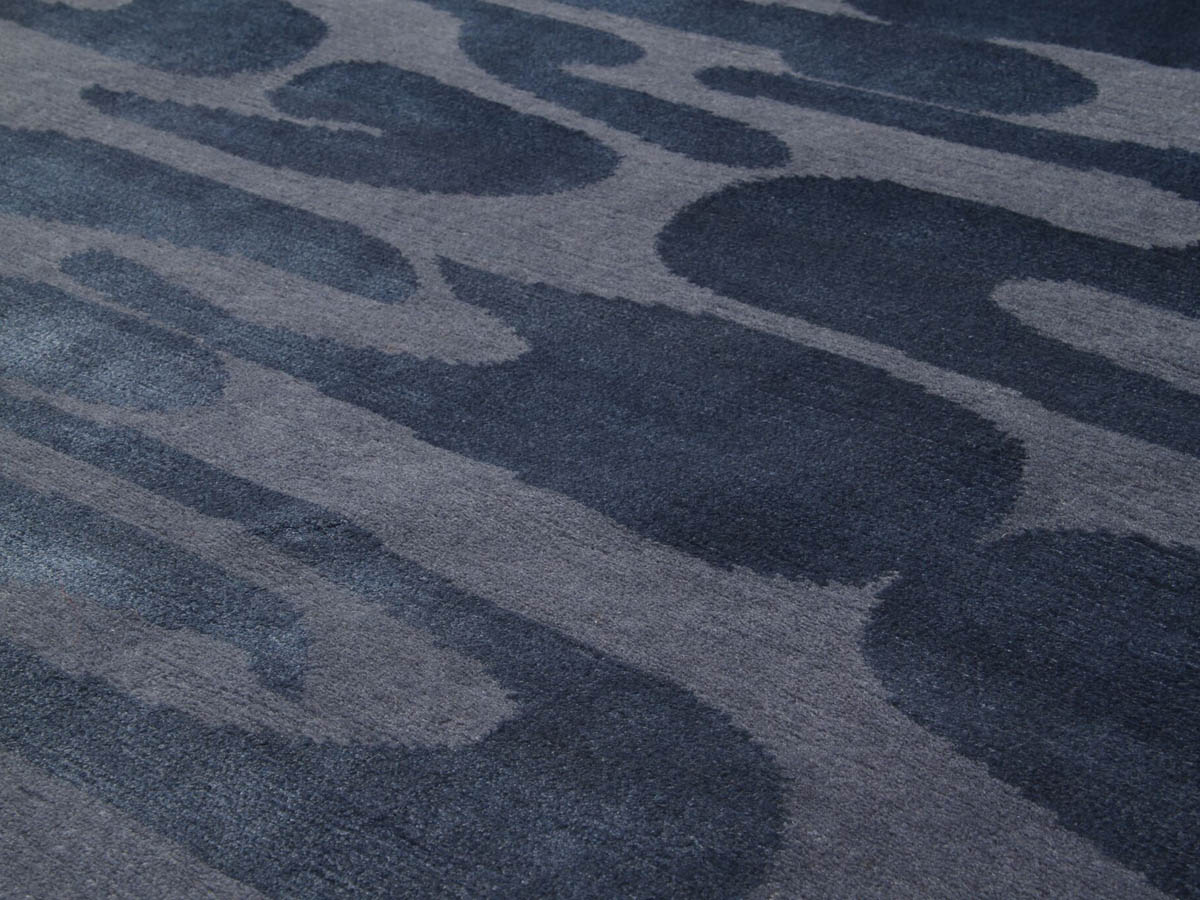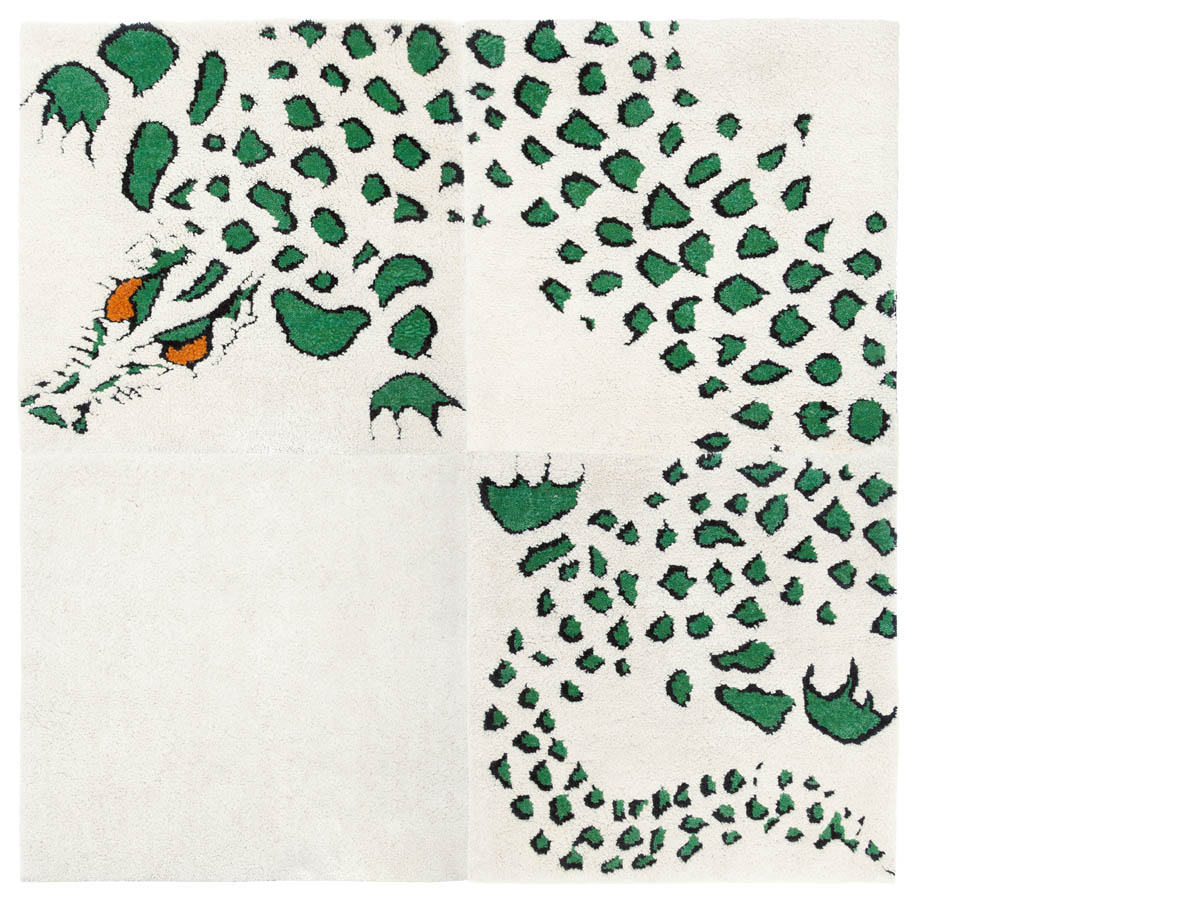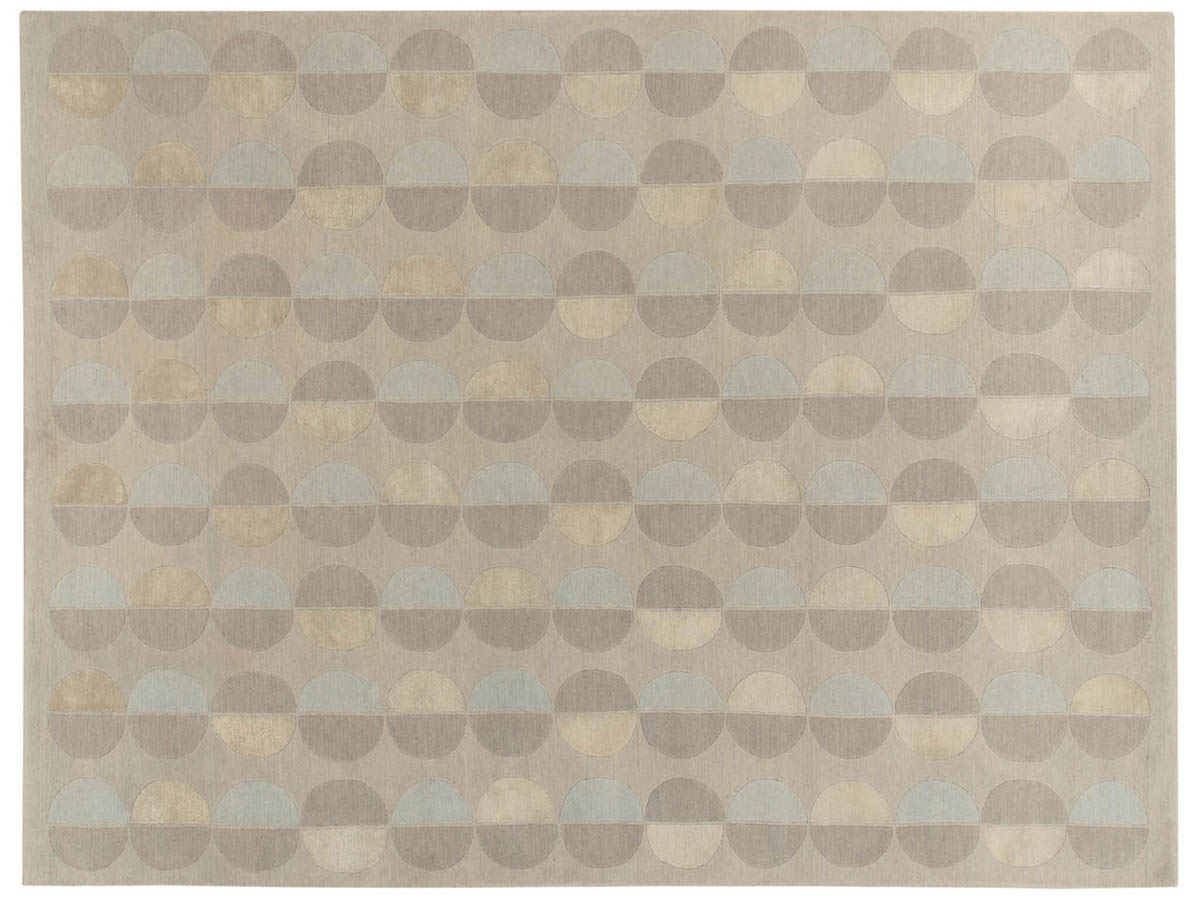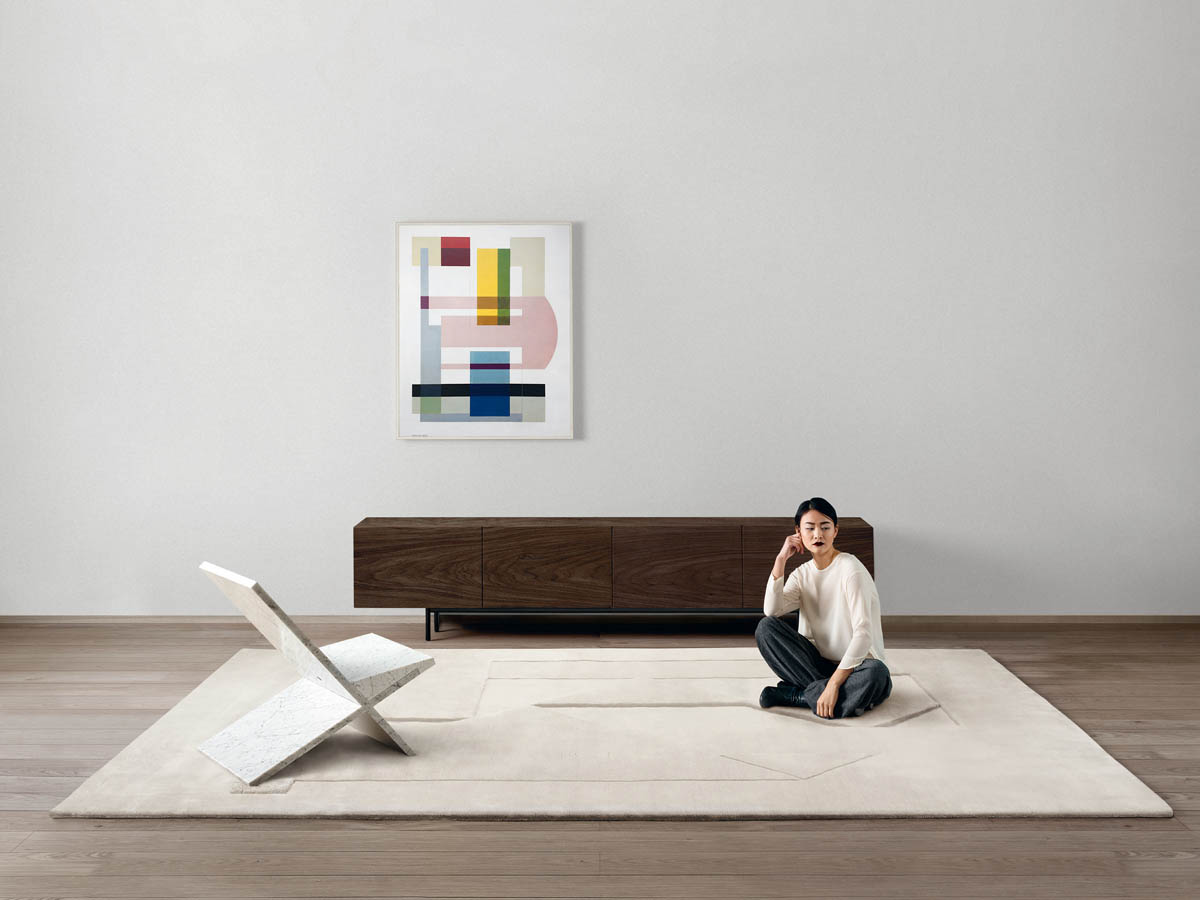Description
Manlio Rho began painting in 1918, also dealing of posters and graphic design. Between 1933 and ‘34, abandoning the initial trends of the twentieth century, he approaches to abstraction in 1935 and participates with Radice to an exhibition at Milione Gallery in Milan. In 1936 he organizes in Como with Sartoris Radice the exhibition of Modern Italian Painting. In 1938 he joined the Valori Primordiali group and in ‘40s signs of the Gruppo Primordiale Futuristi Sant’Elia’s Manifesto with Badiali, Cattaneo, Licini, Lingeri, Nizzoli, Prampolini, Radice and Sartoris. He loved his homeland, where he was born and lived forever, but he was also well aware and sensitive to new artistic trends that came from abroad. In fact important stimulus was able to draw from the example of the Bauhaus in Weimar and Dessau, but also by neo-plasticism of Mondrian with whom he shared more than the ethical and theosophical superstructures, the concept of making art through pure relationships of shapes and colors.


